-
$2,499.00 AUDSign-up Offer - Enjoy 10% Off this product ($50 cap per order) with your Single Use Code when you join My Sony^. T&Cs ApplyRequest Price Match
-
$1,199.00 AUDSign-up Offer - Enjoy 10% Off this product ($50 cap per order) with your Single Use Code when you join My Sony^. T&Cs ApplyRequest Price Match
-
$8,799.00 AUDSign-up Offer - Enjoy 10% Off this product ($50 cap per order) with your Single Use Code when you join My Sony^. T&Cs ApplyRequest Price Match
-
$1,999.00 AUDSign-up Offer - Enjoy 10% Off this product ($50 cap per order) with your Single Use Code when you join My Sony^. T&Cs ApplyRequest Price Match
-
$849.00 AUDSign-up Offer - Enjoy 10% Off this product ($50 cap per order) with your Single Use Code when you join My Sony^. T&Cs ApplyRequest Price Match
-
$499.00 AUDSign-up Offer - Enjoy 10% Off this product ($50 cap per order) with your Single Use Code when you join My Sony^. T&Cs ApplyRequest Price Match
-
$2,599.00 AUDSign-up Offer - Enjoy 10% Off this product ($50 cap per order) with your Single Use Code when you join My Sony^. T&Cs ApplyRequest Price Match
-
$1,499.00 AUDSign-up Offer - Enjoy 10% Off this product ($50 cap per order) with your Single Use Code when you join My Sony^. T&Cs ApplyRequest Price Match
What is the APS-C equivalent of a 35mm full frame lens?
The APS-C equivalent focal length of a 35mm full-frame lens depends on the crop factor of the APS-C sensor. Sony APS-C sensors typically have a crop factor of 1.5x.
To calculate the equivalent focal length for an APS-C sensor with a crop factor of 1.5x, multiply the focal length of the 35mm full-frame lens by 1.5. So, the equivalent focal length on an APS-C camera would be:
35mm (full frame) x 1.5 = 52.5mm
What are the benefits of a prime lens?
Prime lenses offer several benefits compared to zoom lenses, making them a popular choice for many photographers. Here are some of the key advantages of using prime lenses:
Image Quality: Prime lenses often produce sharper and higher-quality images than zoom lenses. They typically have fewer optical elements and a simpler optical design, which can lead to better optical performance, including reduced distortion, chromatic aberration, and lens flare.
Compact and Lightweight: Prime lenses are often smaller and lighter than zoom lenses because they have a fixed focal length and simpler construction. This makes them more portable and suitable for travel or street photography.






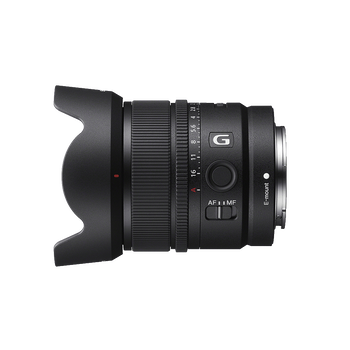
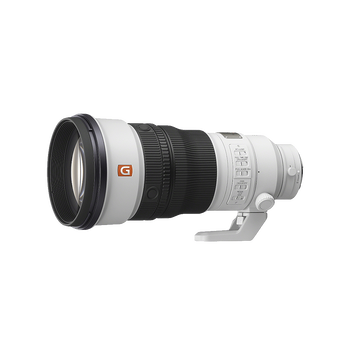
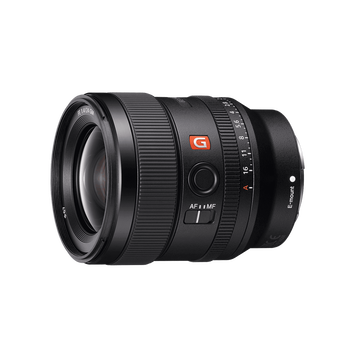
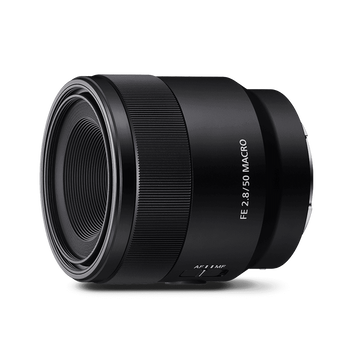
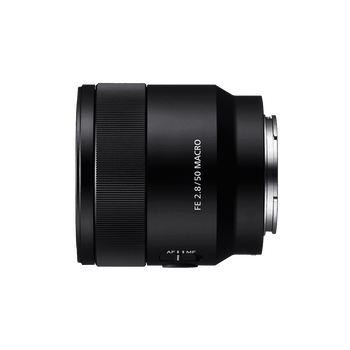

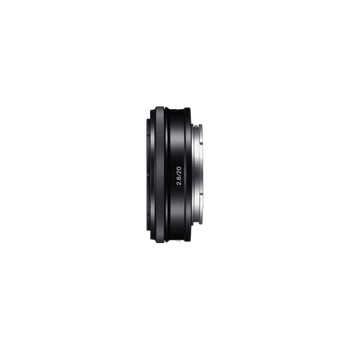


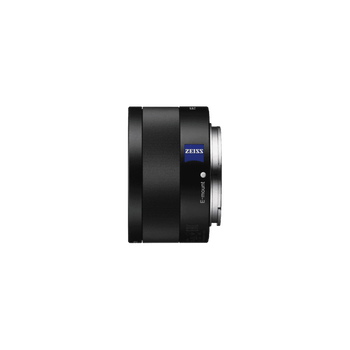
















 Australia
Australia  New Zealand
New Zealand